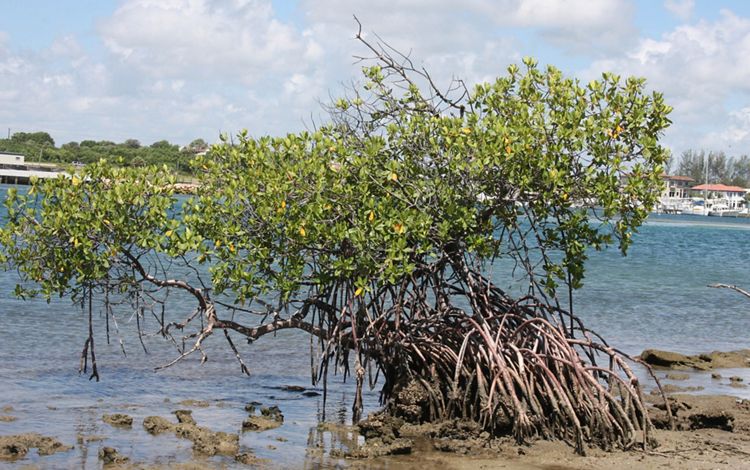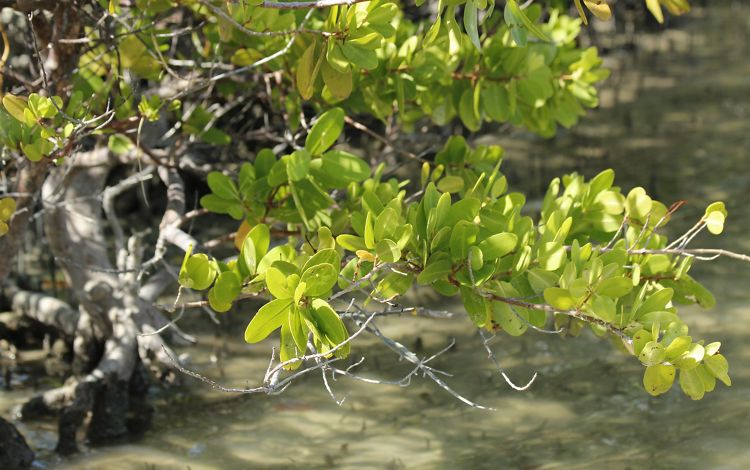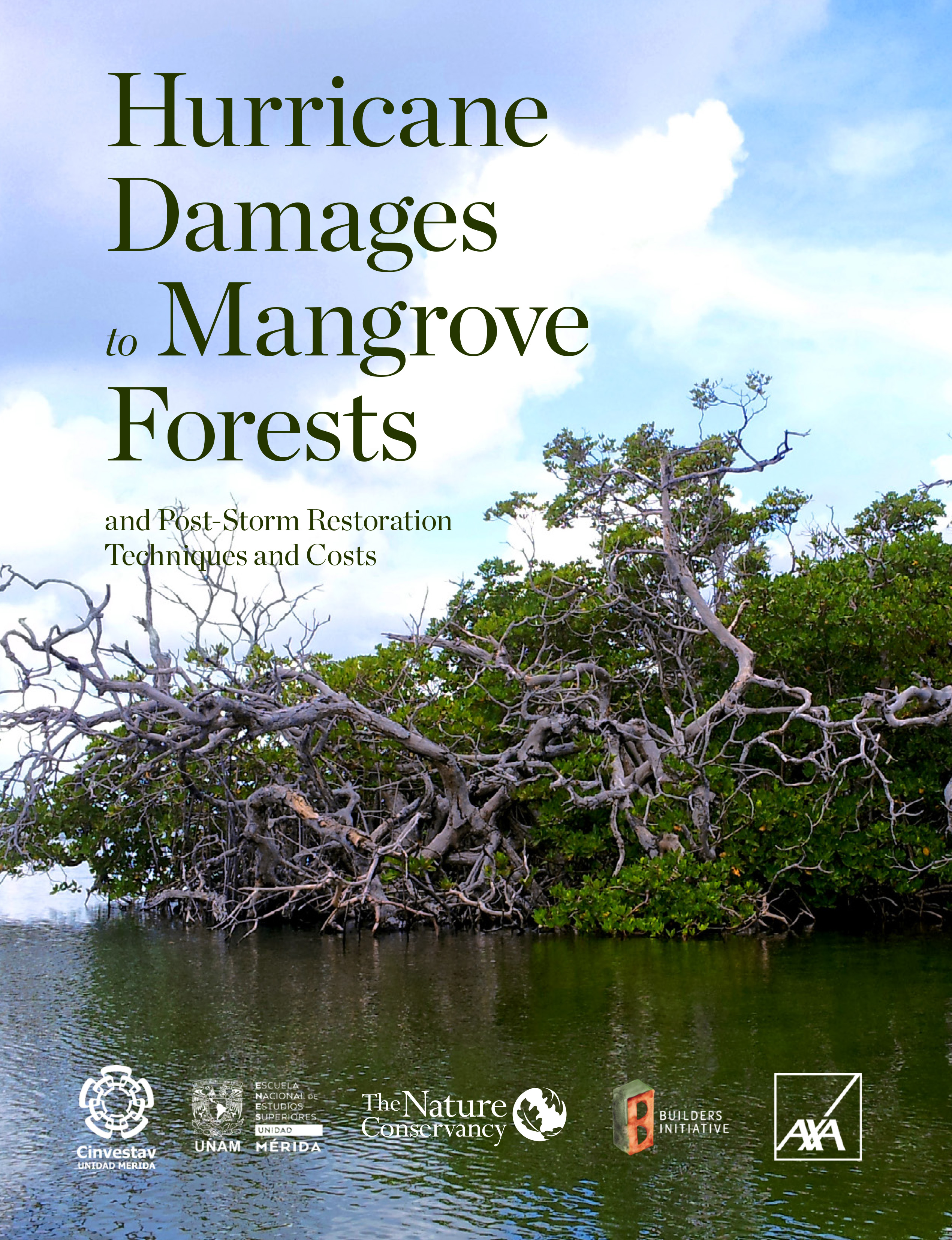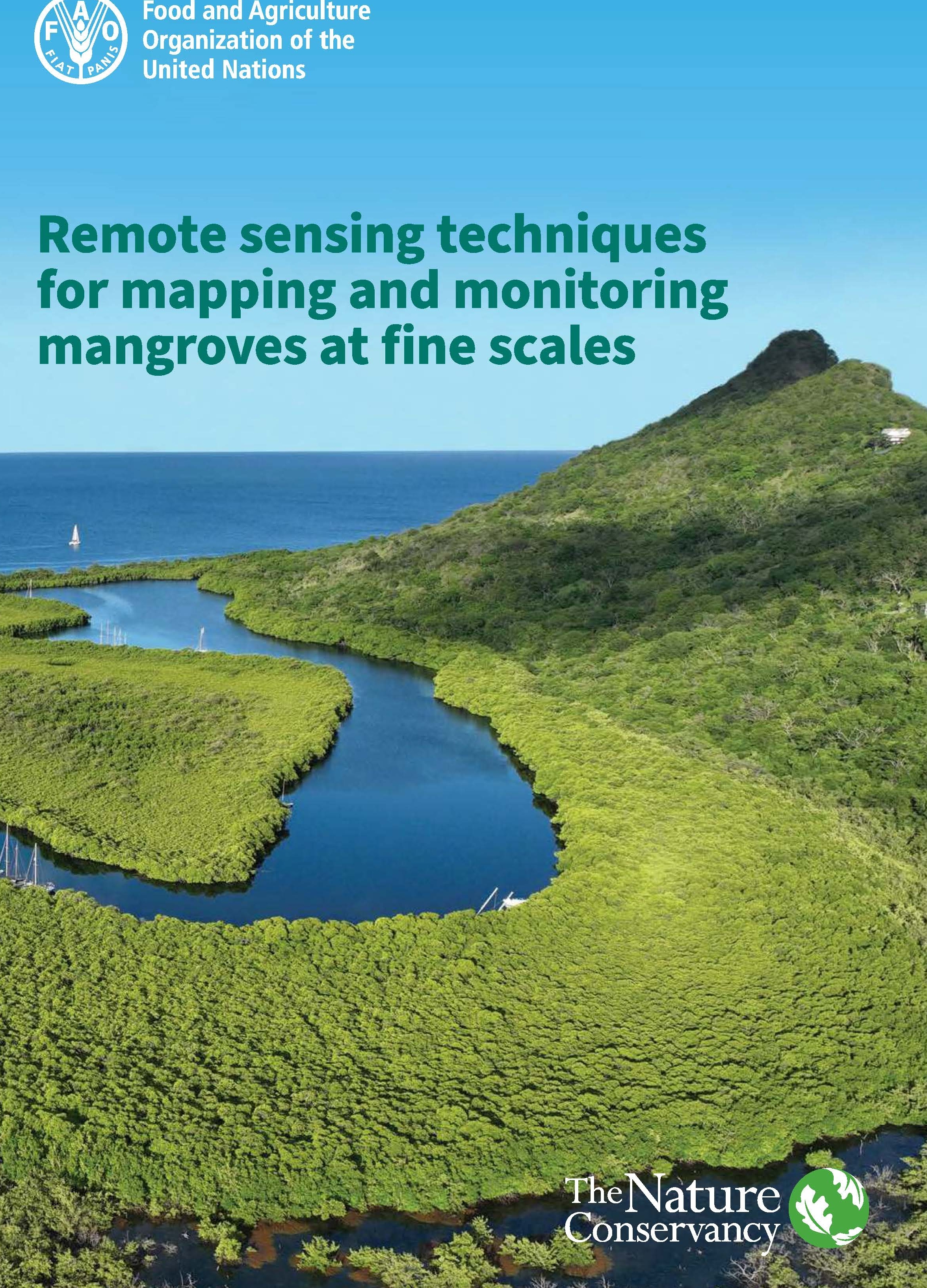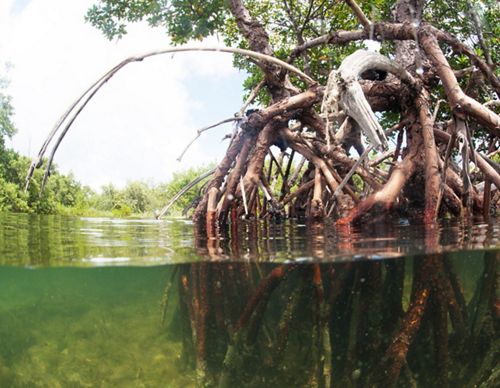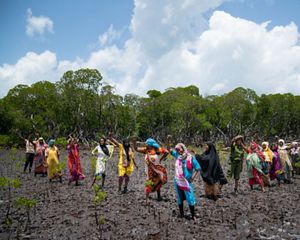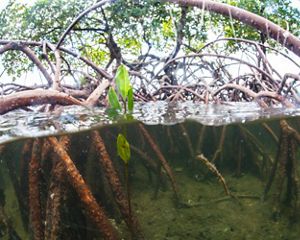Ensuring a Future for Mangroves in the U.S.
Mangroves are an important species for America's southern coastal communities, and protecting them will require balancing multiple interests in the face of an uncertain future.
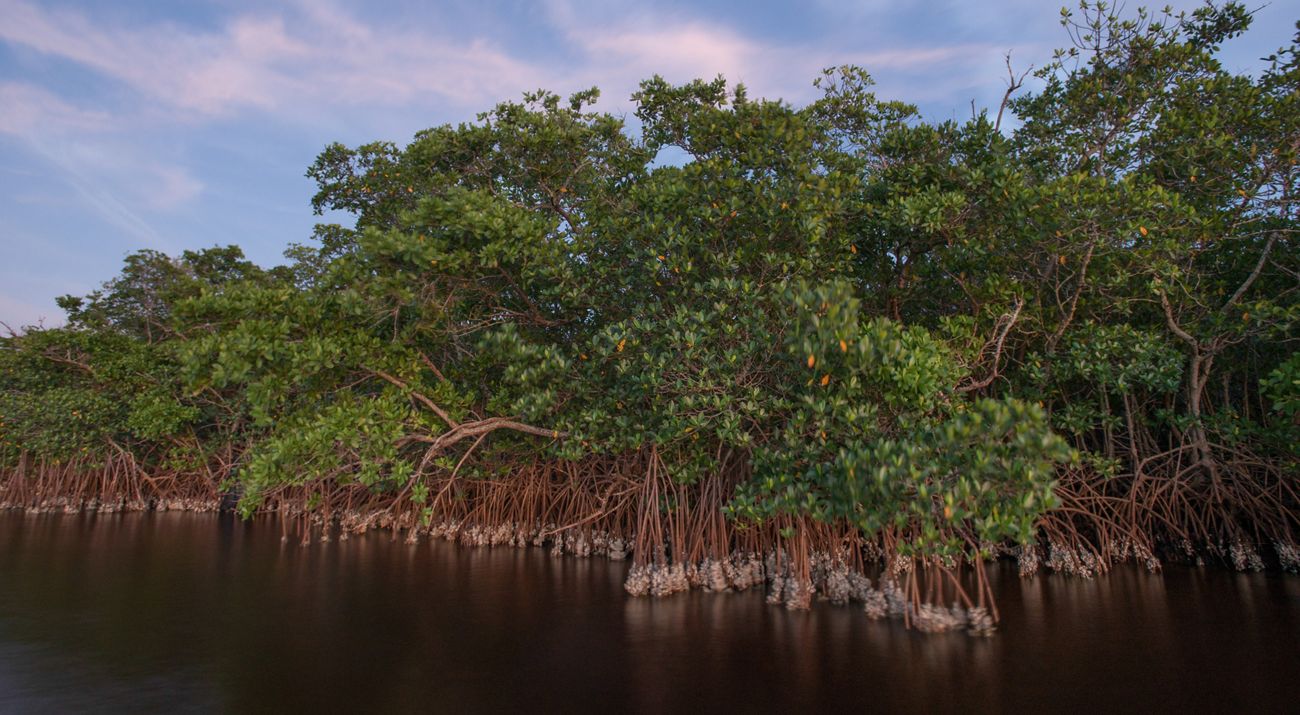
As the only tree species that can tolerate salt water, mangroves are one of the world’s most unique plants. They provide valuable nursery habitat for fish, serve as a mecca for birdwatching, and protect people and property along our coasts from the impacts of erosion and storms.
Although mangroves are a common feature along the coasts in much of the Florida peninsula and south Texas, warming temperatures have caused them to expand their range northward in recent decades. Mangroves are now found in parts of Louisiana and Mississippi and along the Atlantic coast. This expansion across the upper Gulf could affect the ecological, economic and cultural character of more than half of the contiguous U.S. coastal zone.
Unfortunately, many challenges threaten the health of mangroves. Human impacts such as dredging, filling, water pollution, alteration of freshwater flows and development can lead to mangrove erosion and habitat destruction. When mangrove forests are cleared and destroyed, they release massive amounts of carbon dioxide into the atmosphere, contributing to climate change. Climate change brings sea-level rise, more frequent and more hurricanes and other severe weather events like winter storms that hit Louisiana in January 2025 and Texas in February 2021.
With such coastal challenges created by growing populations, burgeoning development and climate change, risks to people and property from flooding and storm surge are on the rise. Mangroves provide valuable flood protection and risk-reduction benefits to these coastal areas, and yet they face an uncertain future.
We Can’t Save Nature Without You
Sign up to receive regular updates from The Nature Conservancy.



